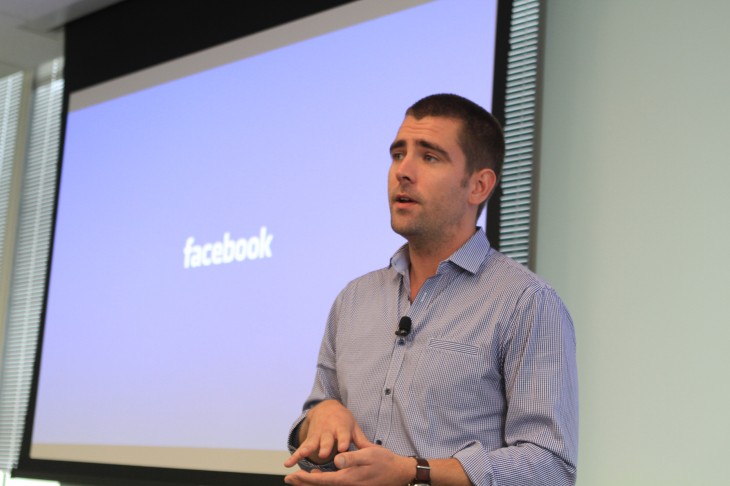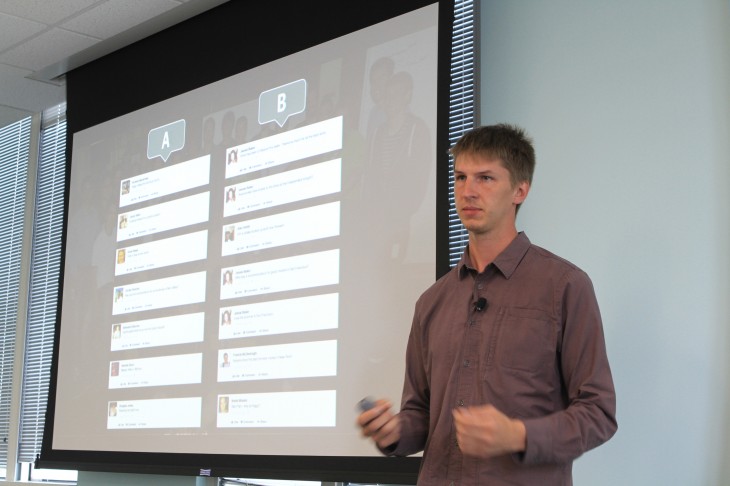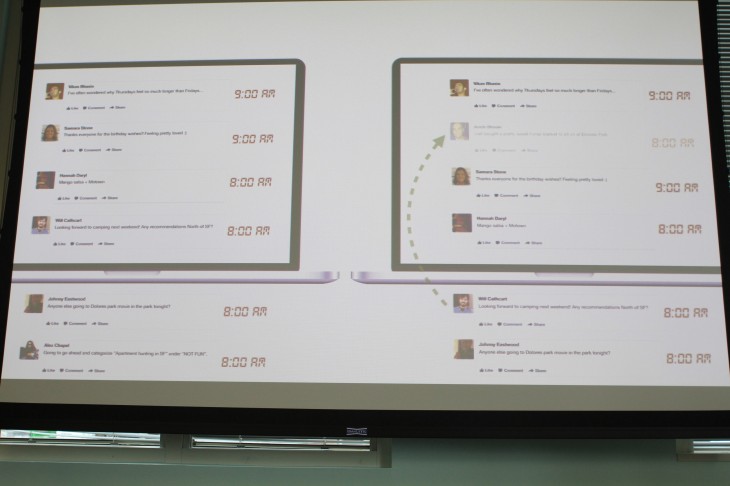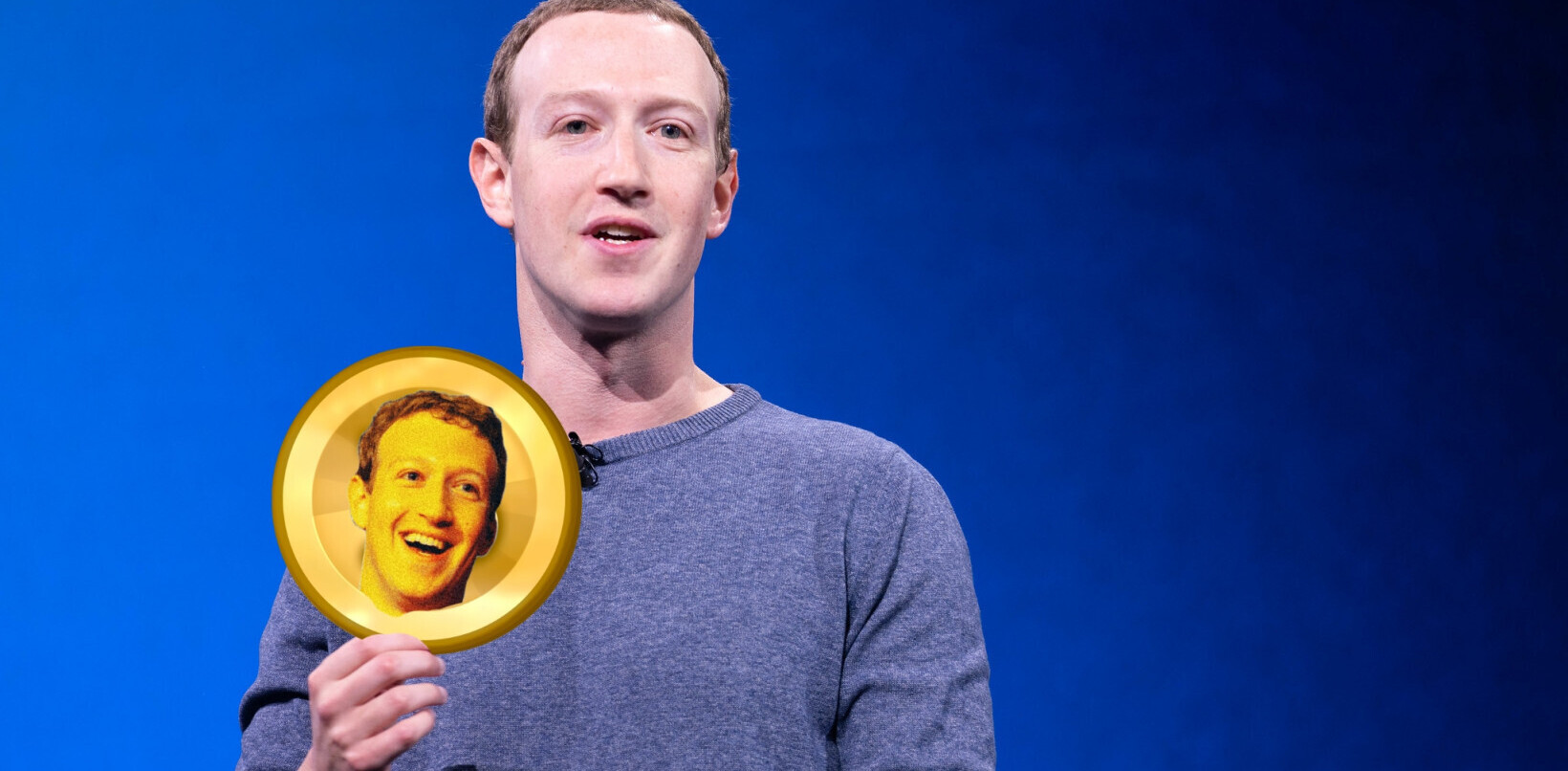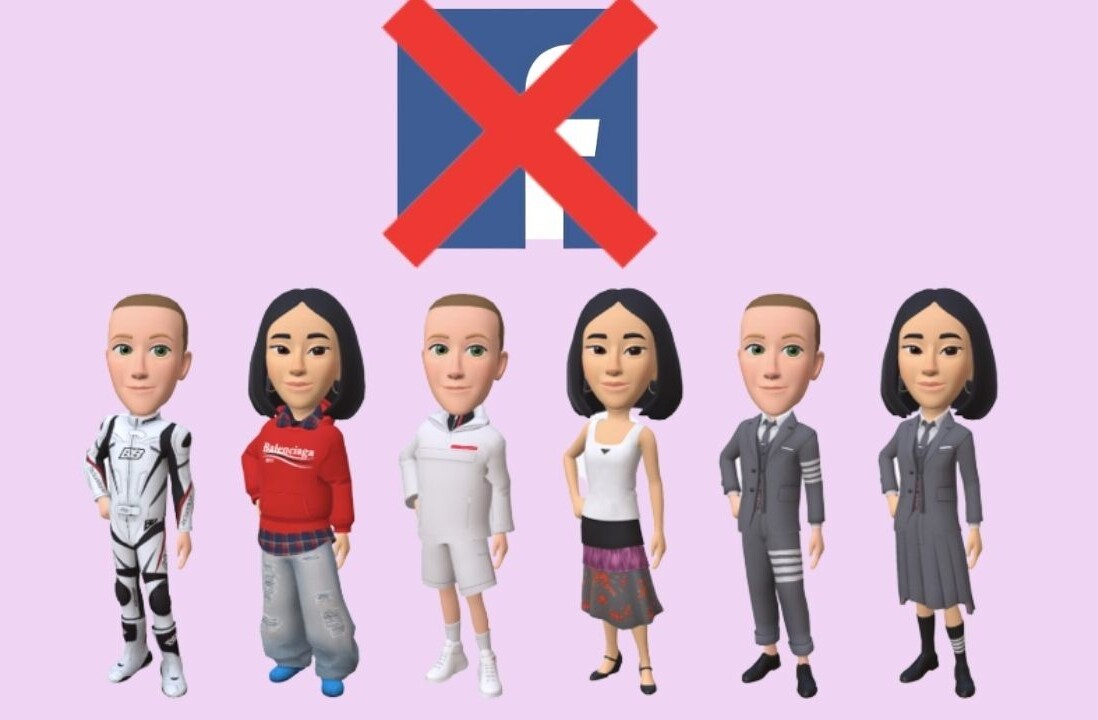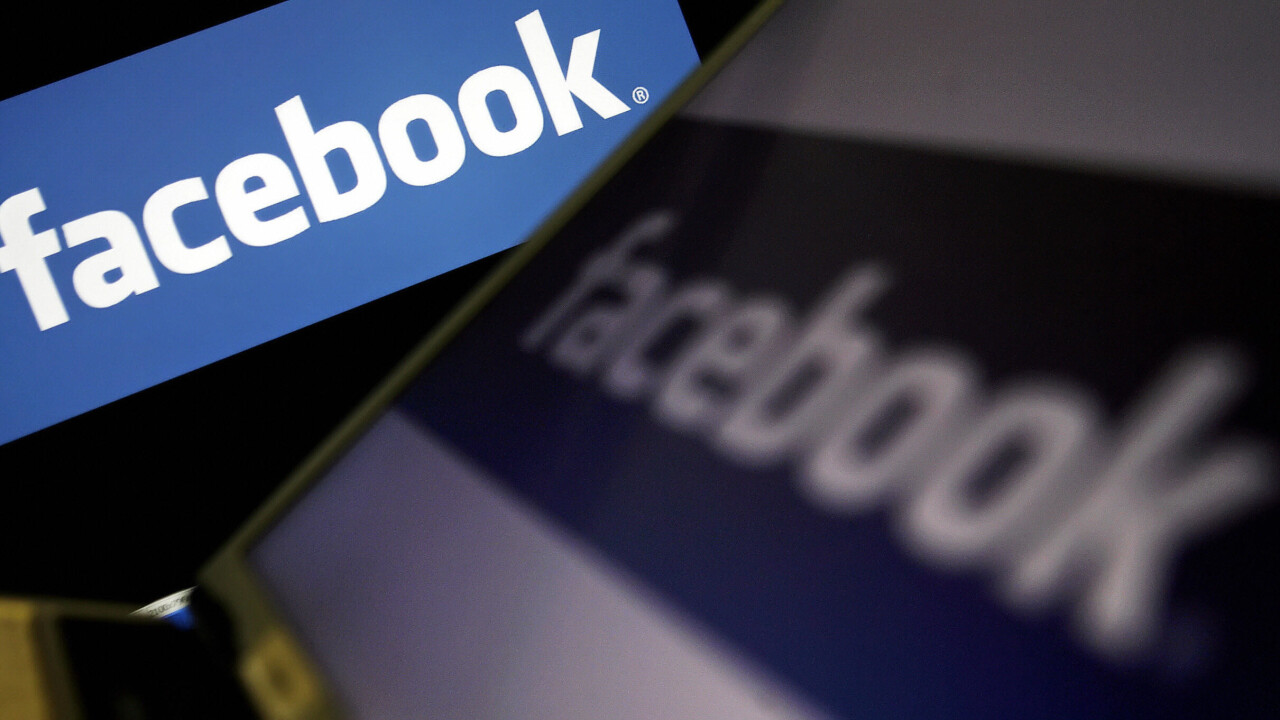
Facebook has revealed at a press event today how specific posts are ranked and displayed in the News Feed. In addition, it announced several new changes coming to the social network to aid in finding content, including story bumping, and a couple of other signals to discover new stories.
The company sought to “demystify” the News Feed as it approaches its seven year anniversary. Until now, Facebook hasn’t publicly discussed how content is ranked, both how it relates to the consumer (who wants a personalized experience) and also to publishers (those who fret that their content is not being seen enough).
Facebook said that prior to News Feed, there were Groups and Events where people could participate in, but there was no way to aggregate the community and find a way to curate all the action taking place on Facebook. Ironically, the first group of actions was focused on the protest of News Feed. The second was about Darfur.
Today, the social network has at least 15 people working on News Feed to help improve the targeting and how Facebook is optimizing content to maximize its effect. Based on how Facebook ranks stories, the number of shares is greater than how many Likes a particular post has received, which trumps the number of clicks it has.
On the agenda for the day’s discussion was a briefing on the ranking algorithm for News Feed to help determine what stories surface to the top and what updates are being implemented to enhance the organic ranking.
Lars Backstrom, an Engineering Manager in charge of News Feed Ranking, spoke about News Feed and the types of stories that go into it. He revealed that there are 1,500 stories per day seen on average. Facebook takes all the stories inputted and scores them based on how relevant the social network thinks it is for the user. Then when the News Feed is compiled, all stories are sorted by their scores, with the higher ranked ones at the top.
So how is a score computed? Backstrom said on a high-level, if you take a story recently posted, Facebook looks at it and inputs it into their algorithm and examines the relationship to the user, how many comments it has, the number of Likes it has and renders a score.
Backstrom says that Facebook is always evolving its algorithm and utilizes its 1 percent A/B testing plan to see how effective its changes are before rolling it out to the entire userbase. He says that his team meets every week to find ways to make relevance better.
News Feed updates
While Facebook has offered up a glimpse at its ranking algorithm, today it is also making several enhancements to the News Feed. All of these updates are related to organic discovery and don’t include paid ads.
Story Bumping
Every time you come to your feed, Facebook takes all the new posts and assigns it a score. Right now, it’s difficult for users to scroll through and discover older content. The company had an idea to change the model a bit — instead of taking all the new stories and putting them at the top of your News Feed, it’s tweaking it so that the stories that are new to you are at the top.
In other words:
When users load up Facebook in the morning, a finite number of stories are shown on screen. They can scroll to view additional stories, but inevitably users leave some unread before clicking elsewhere. Story bumping ensures that when the user logs-in to Facebook later in the day, some of these unread stories are brought to the top of their News Feed alongside whatever has been posted since they last accessed the social network.
With Story Bumping, it’s going to highlight the content that you might not get to (instead of find interesting) while perhaps standing in a lunch line.
Not all stories will be bumped to the top. Only those new stories, even the older ones, that are relevant to you and unseen, will be bumped to the top. Backstrom said, “We built this service to keep track of what people had actually seen.” This wasn’t a simple thing to update from the Facebook side: “It was a relatively large infrastructure change.”
From its A/B testing during development, it saw an increase of 5 percent of Likes, comments, and shares of stories from friends, an 8 percent increase in interactions from Pages and follows turned on. Furthermore, the percentage of stories read grew from 57 percent to 70 percent.
Backstrom stated that the number of stories in your News Feed isn’t affected by Story Bumping.
Story Bumping is launched on the Web, but will be added to mobile shortly.
Last Actor
This feature keeps track of the last actor you’ve interacted with. Facebook said that a lot of signals in News Feed ranking revolves long-term interactions. This new signal will take into account the recent conversations and actions you’ve had. By Liking someone’s post in your News Feed, the algorithm keeps track of the last 50 interactions (things that you’ve Liked, commented, and shared) and applies that to help rank your feed subsequently so that more posts by the last user will be included.
Facebook defines the last actor as the user you last interacted with. This signal has been rolled out to both Web and mobile apps.
Chronological by Actor
This final change is still in development and will be released at a future time. With this signal, News Feed will look at a particular user’s posts that Facebook finds relevant for you and orders it in a chronological order.
So long, EdgeRank
One of the key pieces of technology Facebook relied on in the past to aid in content discovery was EdgeRank. It was revealed that this form of technology is no longer in use. The company utilized this algorithm that looked at a post’s affinity, weight, and time decay to help determine what post should be at the top of the News Feed for an individual user. How do you define these three components?
- Affinity: This is the measurement of a relationship between the user and the content creator whereby the closer the two parties are, the higher the score and the greater the priority a story will get.
- Weight: Each post type has its own “weight” with the highest scoring one being pushed to the top — it ranks as photos/videos, links, and plain text updates.
- Time decay: Newer posts will most almost certainly rise to the top of the News Feed.
“Who’s viewing your story?” controversy
The discussion of News Feed is more than just a coincidence. Rather it comes following a BuzzFeed article last month that suggested that Facebook is hiding the number of people who actually view your posts to spare your feelings when no one actually engages with it. Hours after that story was published, Facebook fired back with a rebuttal.
In the article written by Backstrom:
The prime directive of News Feed is to show you the stories that you will find most interesting. If our ranking system thinks that you’ll find a post very interesting, we’ll publish it near the top. If a story seems less likely to be interesting to you, we publish it further down, below other things that seem more important.
Our ranking certainly isn’t perfect and we are continually refining it, but we’ve run many tests showing that any time we stop ranking and show posts in chronological order, the number of stories people read decreases and the amount of likes and comments people produce decreases. That’s not good for our users or for Facebook.
An always improving News Feed
As TechCrunch noted, the News Feed is Facebook’s lifeblood and for many, it’s the main area where people can keep up-to-date with what their friends are doing. The company is certainly making improvements to ensure the proper content is streamed through, while also trying to tout a great experience.
In March, Facebook unveiled a new News Feed that made things consistent across the Web and its mobile apps. It also provided larger images and additional feeds to best filter the content into digestible chunks of data.
Photo credit: Leon Neal/AFP/Getty Images
Get the TNW newsletter
Get the most important tech news in your inbox each week.
